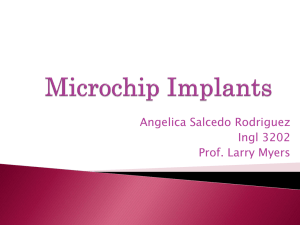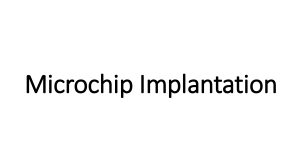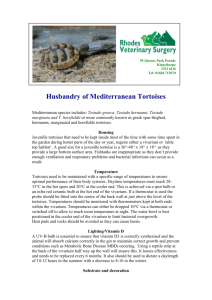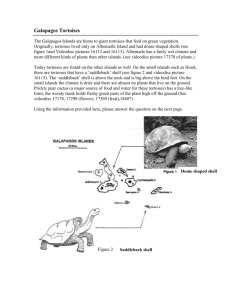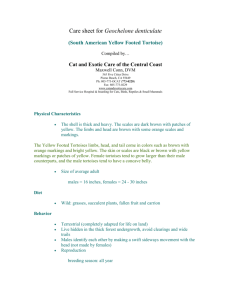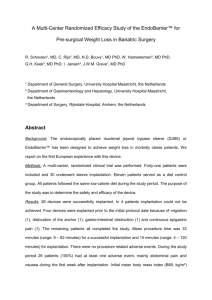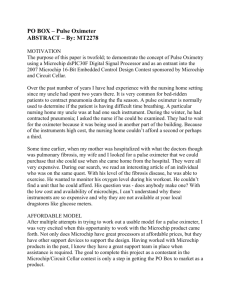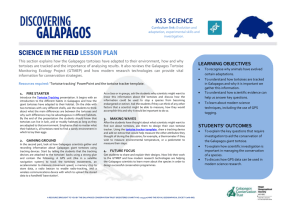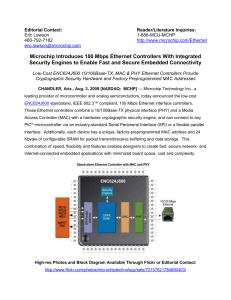full text
advertisement
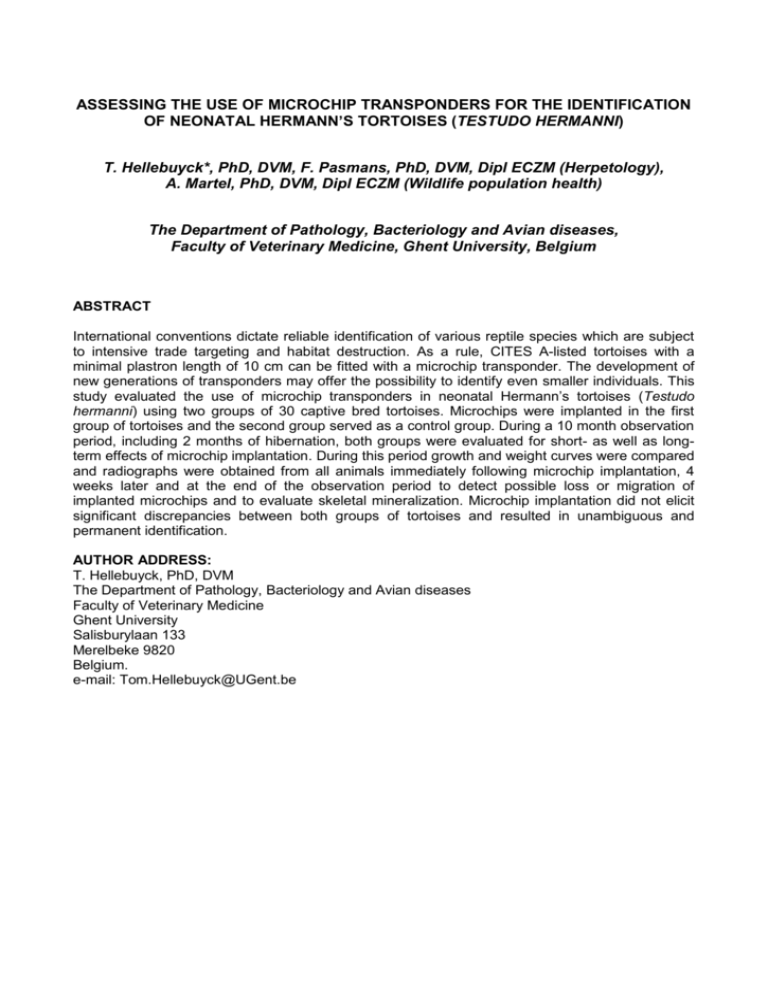
ASSESSING THE USE OF MICROCHIP TRANSPONDERS FOR THE IDENTIFICATION OF NEONATAL HERMANN’S TORTOISES (TESTUDO HERMANNI) T. Hellebuyck*, PhD, DVM, F. Pasmans, PhD, DVM, Dipl ECZM (Herpetology), A. Martel, PhD, DVM, Dipl ECZM (Wildlife population health) The Department of Pathology, Bacteriology and Avian diseases, Faculty of Veterinary Medicine, Ghent University, Belgium ABSTRACT International conventions dictate reliable identification of various reptile species which are subject to intensive trade targeting and habitat destruction. As a rule, CITES A-listed tortoises with a minimal plastron length of 10 cm can be fitted with a microchip transponder. The development of new generations of transponders may offer the possibility to identify even smaller individuals. This study evaluated the use of microchip transponders in neonatal Hermann’s tortoises (Testudo hermanni) using two groups of 30 captive bred tortoises. Microchips were implanted in the first group of tortoises and the second group served as a control group. During a 10 month observation period, including 2 months of hibernation, both groups were evaluated for short- as well as longterm effects of microchip implantation. During this period growth and weight curves were compared and radiographs were obtained from all animals immediately following microchip implantation, 4 weeks later and at the end of the observation period to detect possible loss or migration of implanted microchips and to evaluate skeletal mineralization. Microchip implantation did not elicit significant discrepancies between both groups of tortoises and resulted in unambiguous and permanent identification. AUTHOR ADDRESS: T. Hellebuyck, PhD, DVM The Department of Pathology, Bacteriology and Avian diseases Faculty of Veterinary Medicine Ghent University Salisburylaan 133 Merelbeke 9820 Belgium. e-mail: Tom.Hellebuyck@UGent.be
